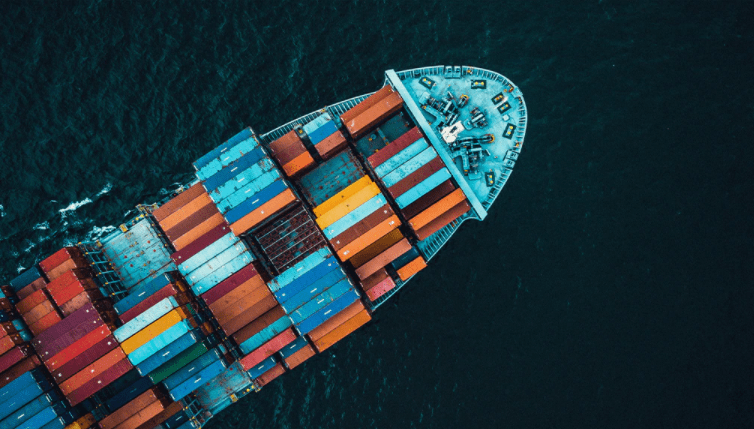Maersk, an integrated container logistics company operating in 130 countries, expects global economic growth to hover around 2% in 2023.
Despite the improvement in the first quarter of the current year, cracks in the economic outlook began to appear in the second quarter.
In China, the recovery from the reopening that followed the end of the zero-Covid policy lost steam, and the local real estate sector shows no signs of picking up.
At the same time, in the United States and Europe, the rapid rise in interest rates created tensions in the banking sector in the first half of the year, and concerns have arisen about possible repercussions for other financial institutions.
Maersk indicated that survey indicators point to flat growth at best in Europe and the United States in the second half of 2023 and early 2024, with a significant risk of recession in both regions.
The manufacturing sector continues to struggle, and the global purchasing managers’ index has remained in contraction territory since September 2022.
Global economic growth
At the same time, final demand has begun to weaken, and investment spending on both capital goods and housing has suffered from the rapid rise in interest rates.
European consumers further reduced spending on goods during the second quarter. In the eurozone, the decline was moderate, with retail trade falling 1.7% year-on-year in April-May. However, in the United Kingdom, goods consumption dropped more significantly by 2.3%.
In contrast, goods consumption in the United States showed positive growth of 1.1% year-on-year in April-May. Nonetheless, sequential growth has noticeably slowed.
At the same time, the inventory correction persists. Retailers have seen improvements in the inventory-to-sales ratio. Yet, among wholesalers, the ratio remains high. This indicates ongoing efforts to align inventories with demand. However, the process is not complete, and it continues to impact logistics activities across all segments.

